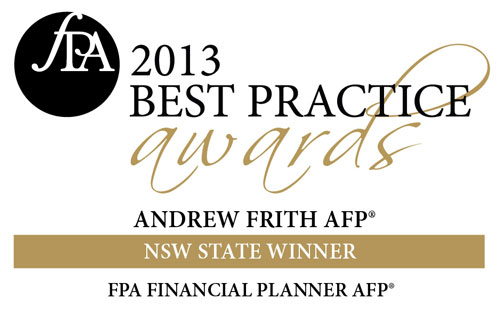Although superannuation remains one of Australia’s most tightly regulated and secure savings environments, a number of pitfalls await unsuspecting SMSF trustees.
Self managed super funds (SMSFs) are designed to be … well, self-managed. Because their structure enables investors to take more control of their retirement savings, SMSFs are increasing in popularity.
The trustees of an SMSF are responsible for, among other things, the fund’s investment strategy and the regular review of that strategy. But occasionally, unwary SMSF trustees make improper or misinformed investment decisions.
Some of the potential traps SMSF trustees should avoid include:
- assuming a fund in pension phase is no longer required to prepare financial reports and tax returns
- using an SMSF in pension phase for personal spending
- spending a weekend at a property owned by the fund
- displaying artwork owned by the SMSF in a member’s family home.
The Australian Taxation Office (ATO) in its publication, Introduction for SMSF trustees, makes a very clear statement about investing in collectables, for example: “Don’t buy wine as an SMSF investment and then drink it. Don’t buy jewellery as an SMSF investment and then wear it.”
Similarly, trustees may be tempted to purchase a property on behalf of their SMSF and then rent it to a fund member or relative of a fund member. The ATO will not allow such an arrangement, except when the property is a commercial business property. For this reason, holiday homes shouldn’t form part of an SMSF’s property portfolio.
When making investment decisions, SMSF trustees must always comply with the Sole Purpose Test. This regulation states that an SMSF must be run for the sole purpose of providing retirement benefits for the fund’s members. Holding assets within an SMSF that are considered inappropriate and contravene the Sole Purpose Test may result in trustees facing civil or criminal charges.
SMSF investment strategies that appear elaborate or unusual are likely to invite regulatory scrutiny. Over-complicated schemes can be difficult to administer, can increase the likelihood of mistakes and can often attract higher costs. Therefore, it’s wise to steer clear of such schemes and instead consider investments that offer simple administration, full disclosure of all fees and unambiguous terms and conditions.
Trustees offering separate strategies for individual SMSF members can quickly find themselves burdened by paperwork and inflated costs. Regular reviews of your SMSF’s investment strategy should consider each members’ needs and future benefits, including transition to retirement and life insurance, without over-complicating matters.
Another trap for unsuspecting SMSF investors is specific to the modern era: share-trading software. Quite often – though not in all cases – these tools exaggerate past returns and understate risks. The golden rule is simple: superannuation should be viewed as a long-term strategy; avoid get-rich-quick schemes.
When in doubt, always seek professional advice, and remember that if it seems too good to be true … you know the rest!
Speak to your SMSF Financial Adviser today to discuss suitable investment strategies for your SMSF.
Sources:
www.asic.gov.au If it sounds too good to be true. Last updated 8 February 2010
www.switzer.com.au Rules of SMSF property investing, Chris Gray 21 September 2012
www.theaustralian.com.au Too smart strategies can destroy a retirement nest egg. Tony Negline 22 September 2010
www.ato.gov.au Introduction for SMSF trustees. Published October 2011
Source: MLC, January 2013








